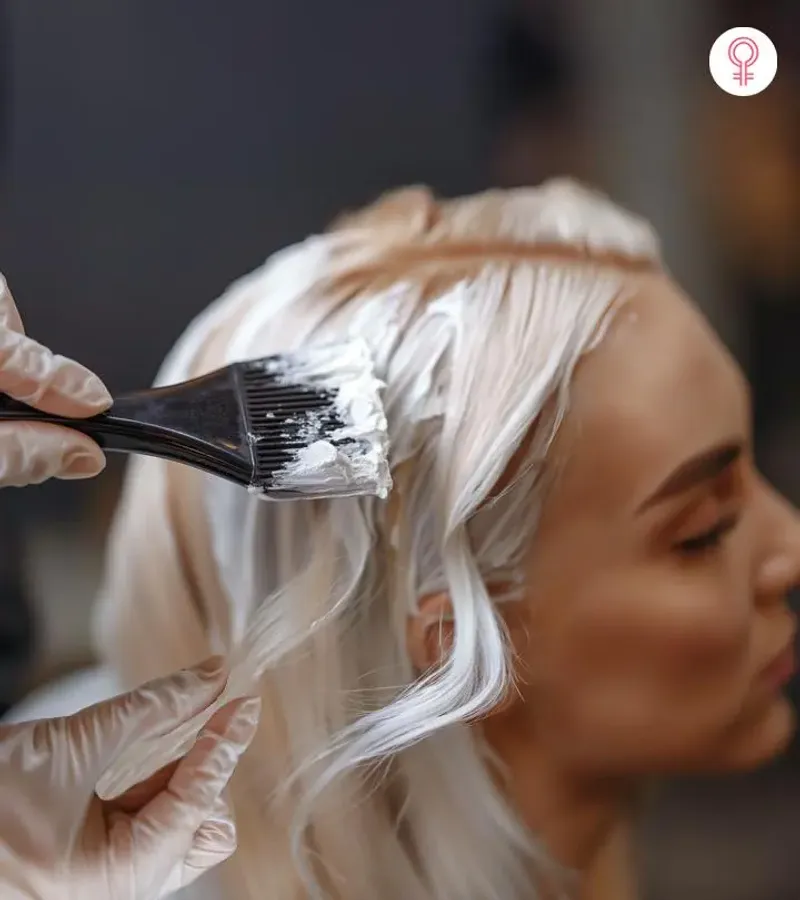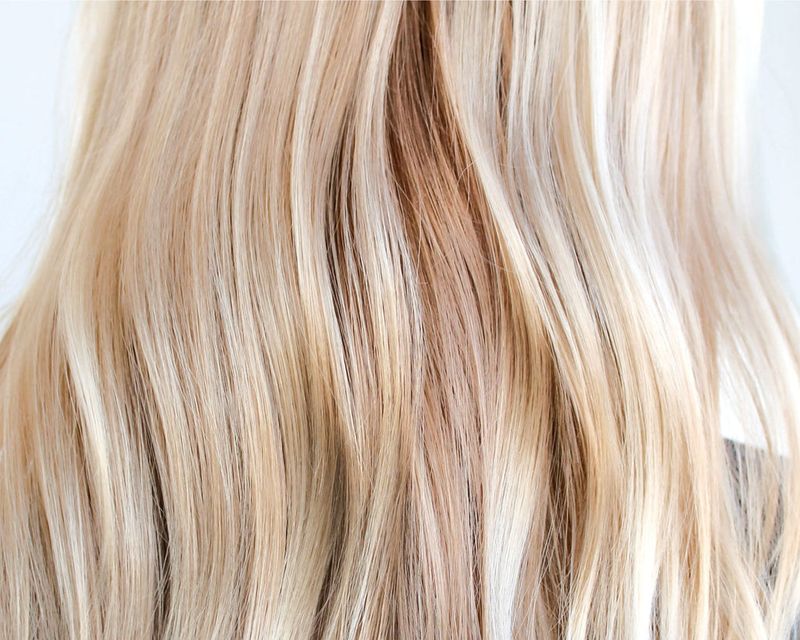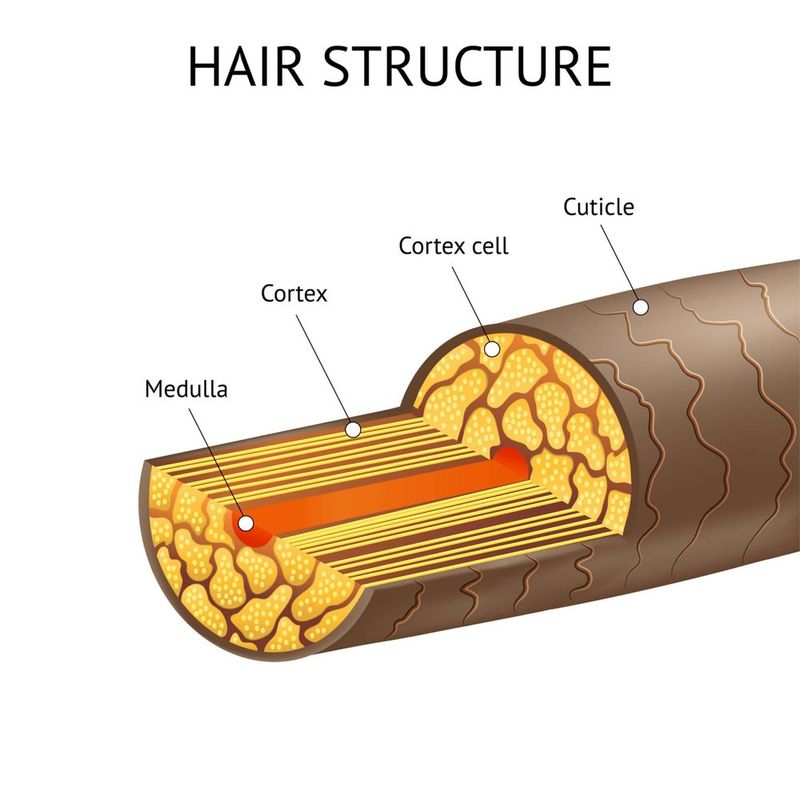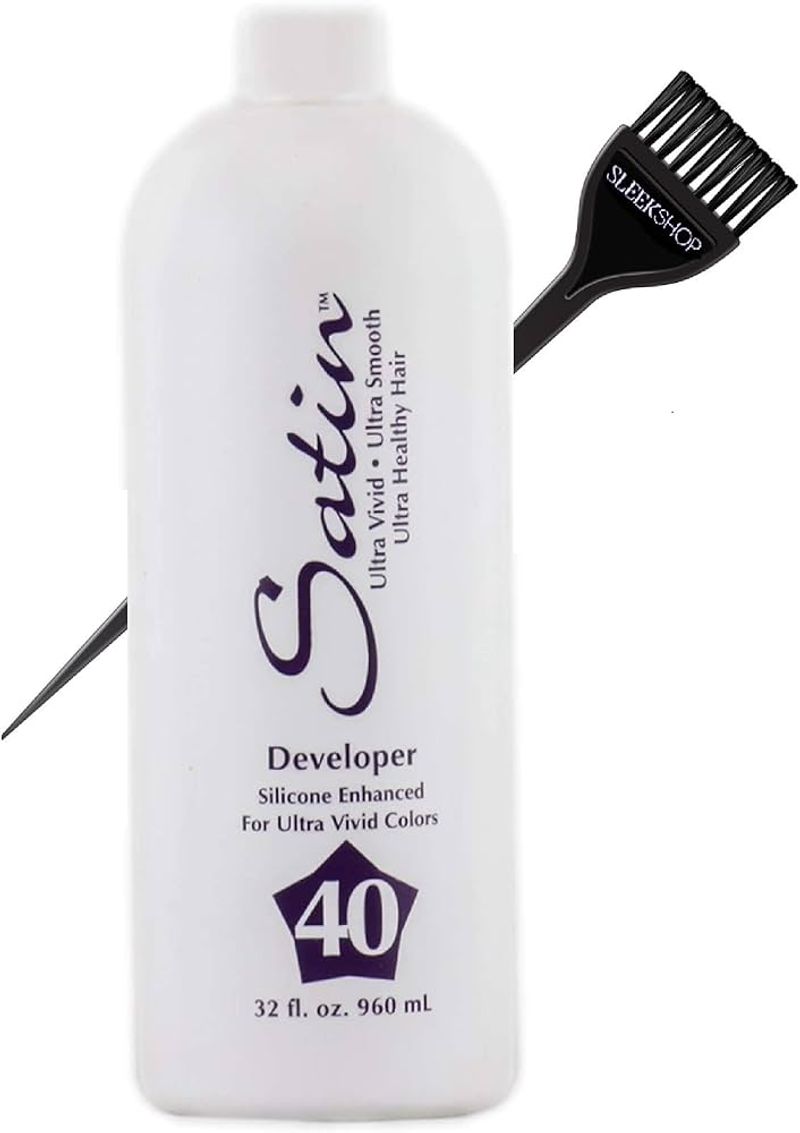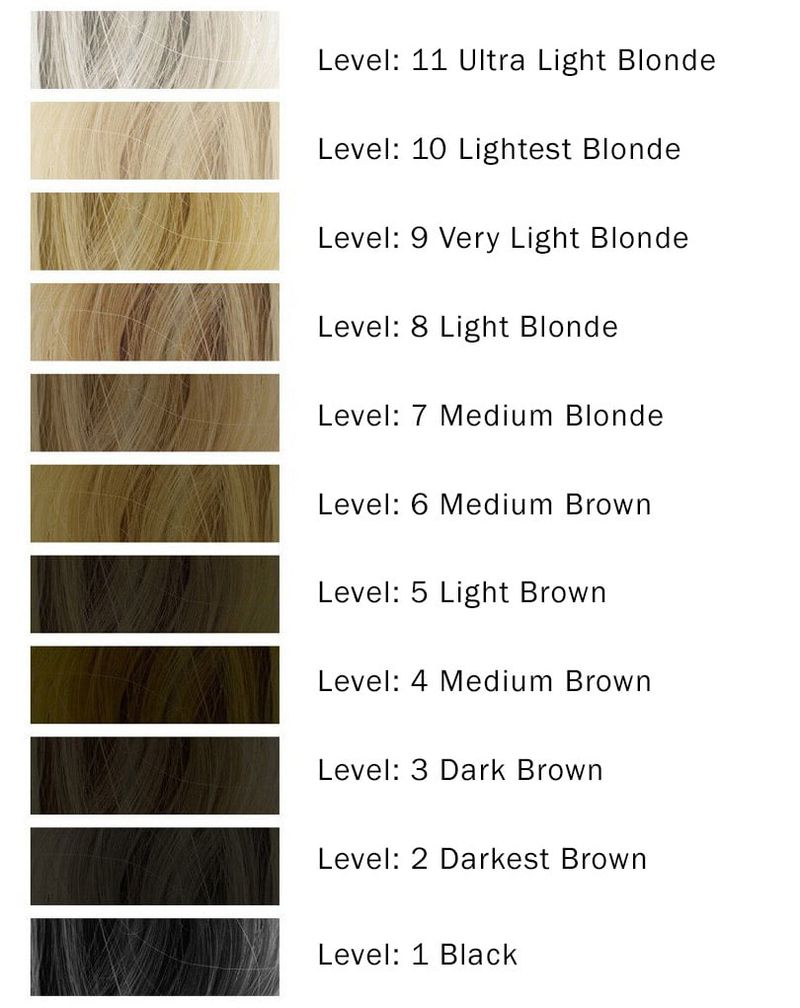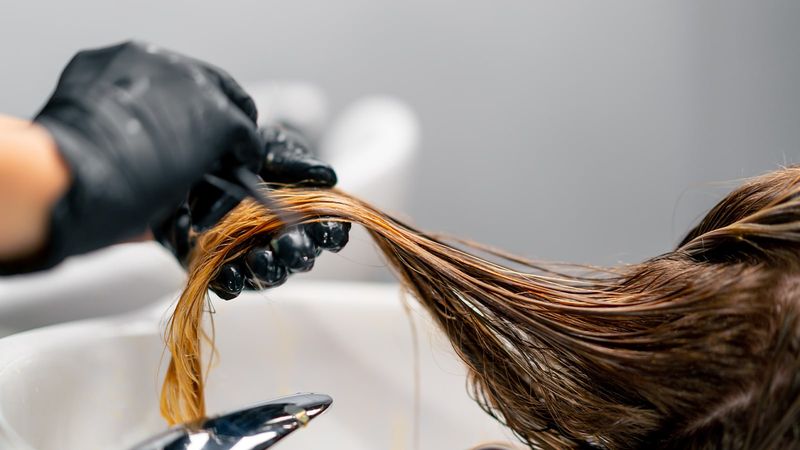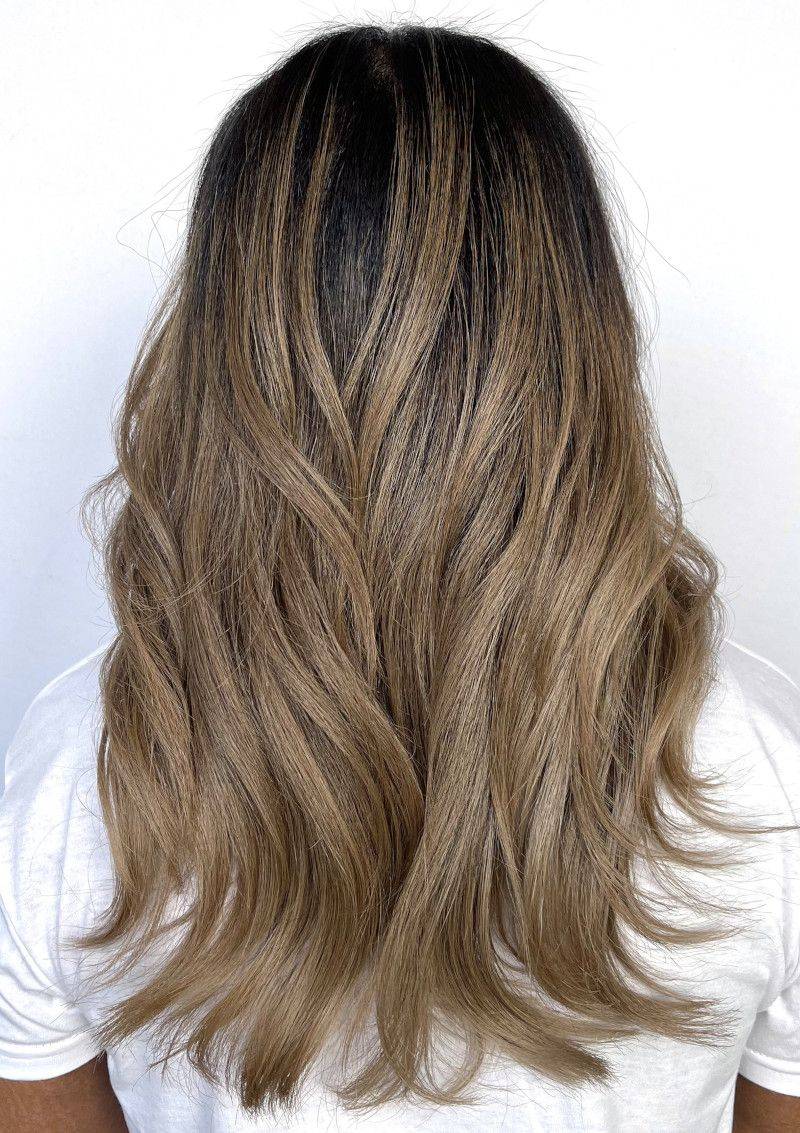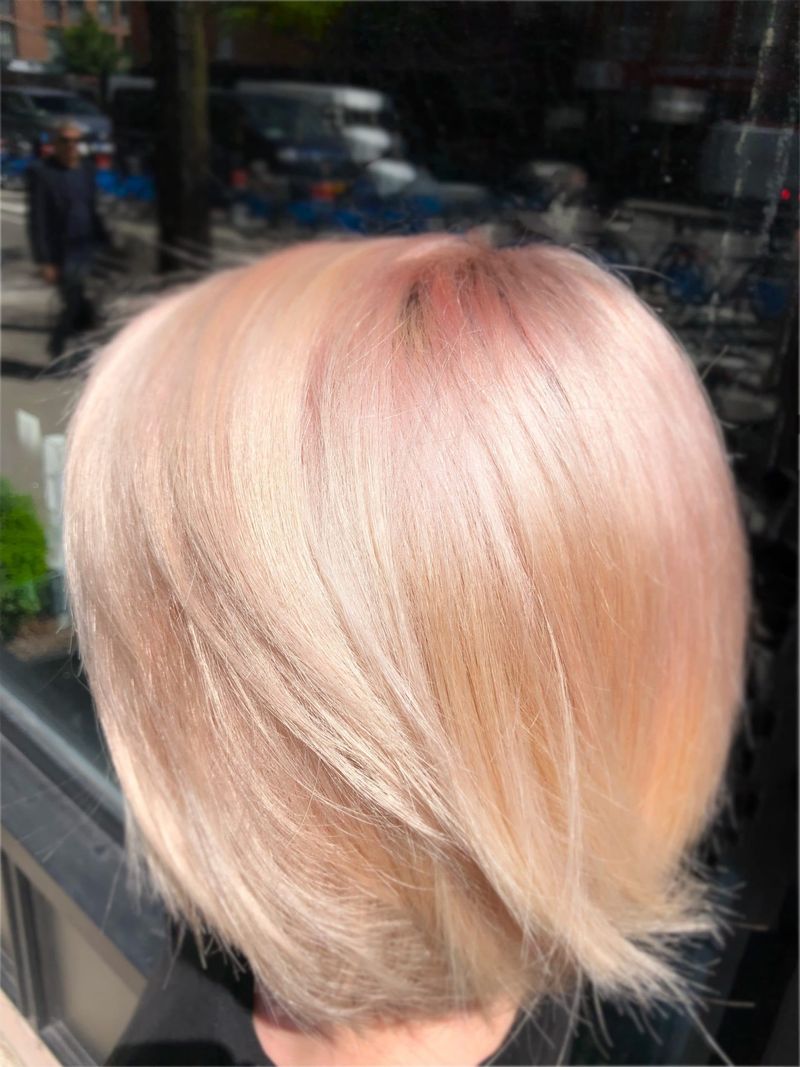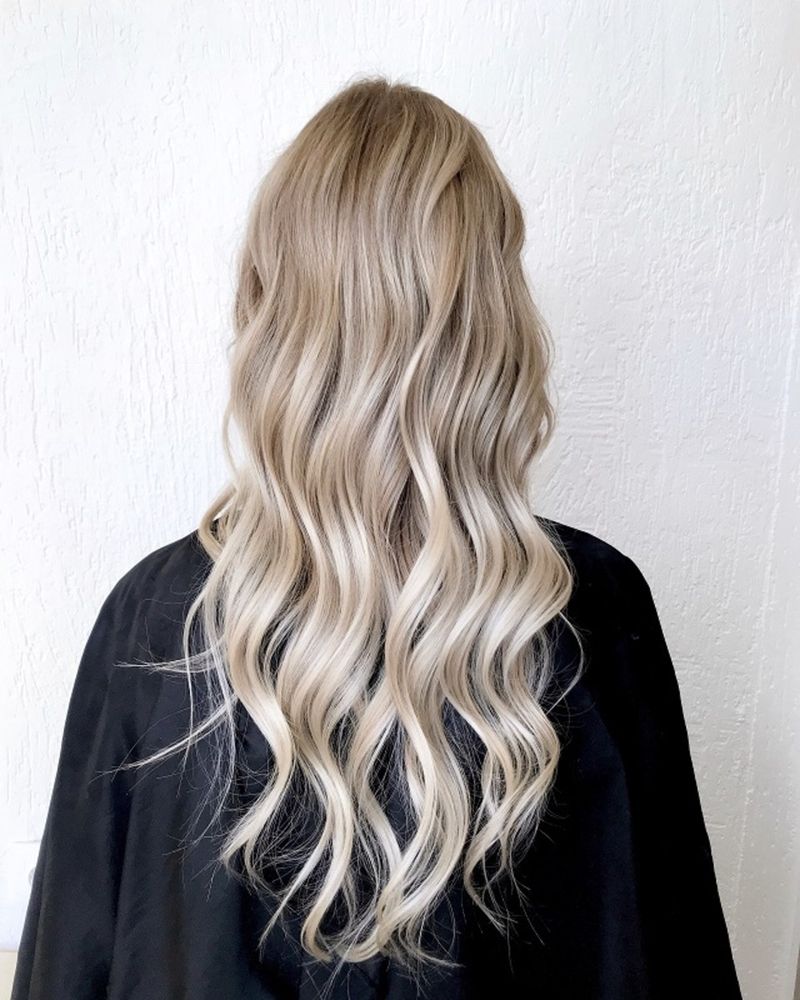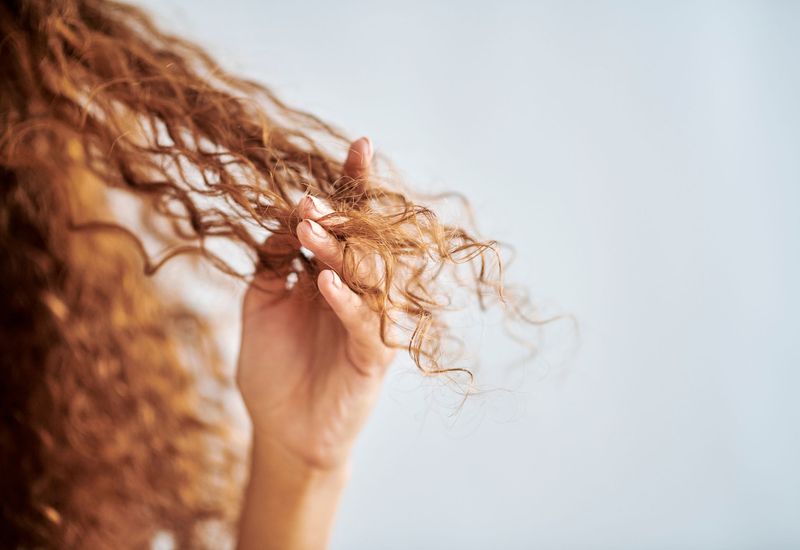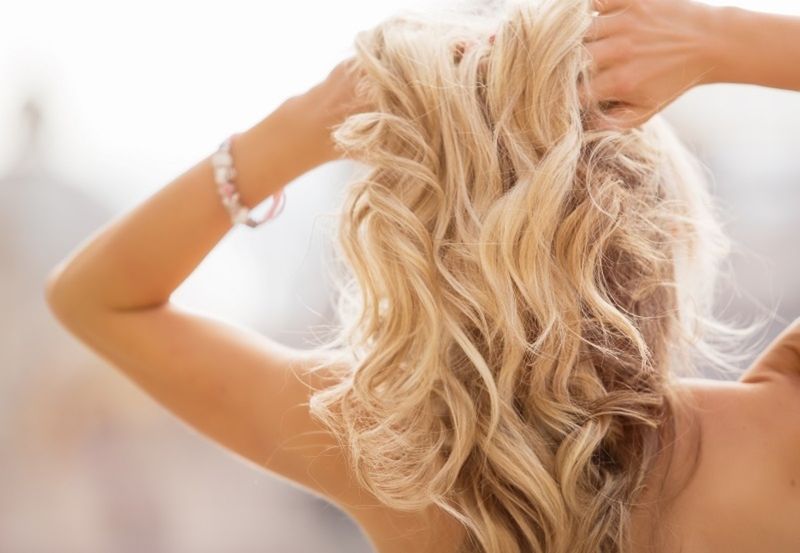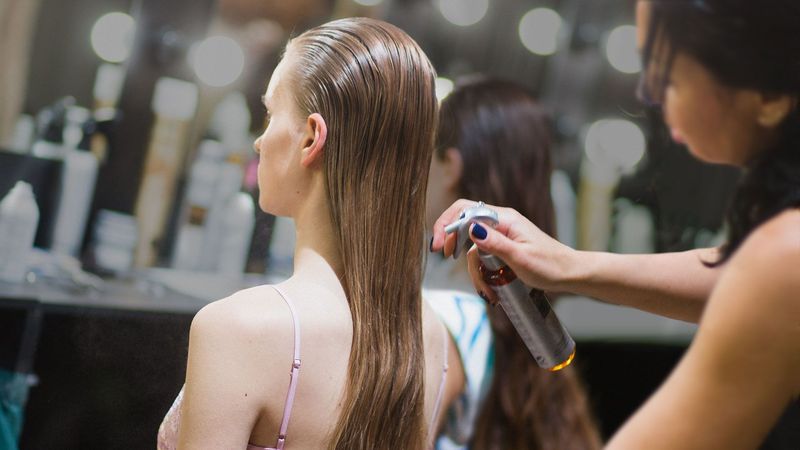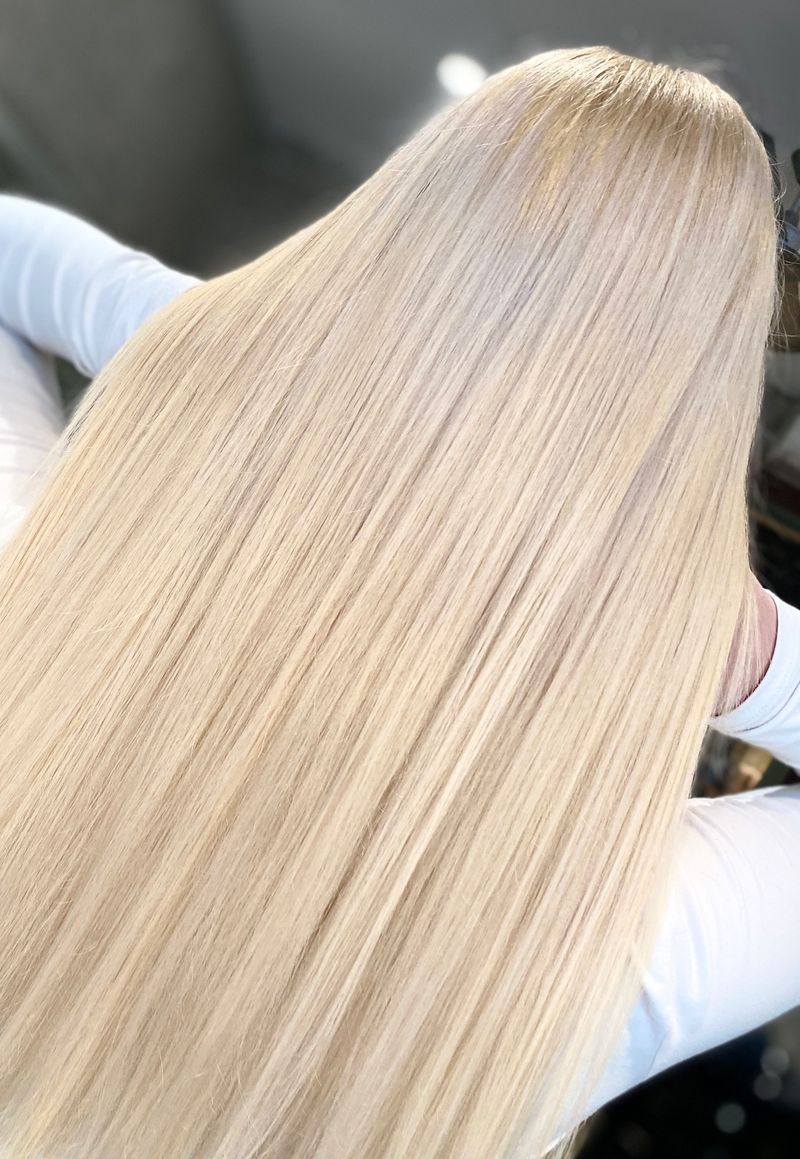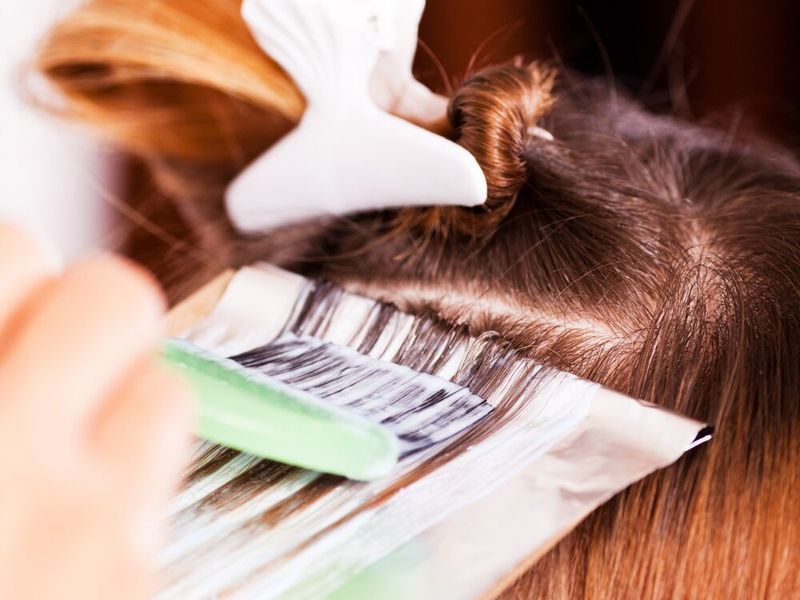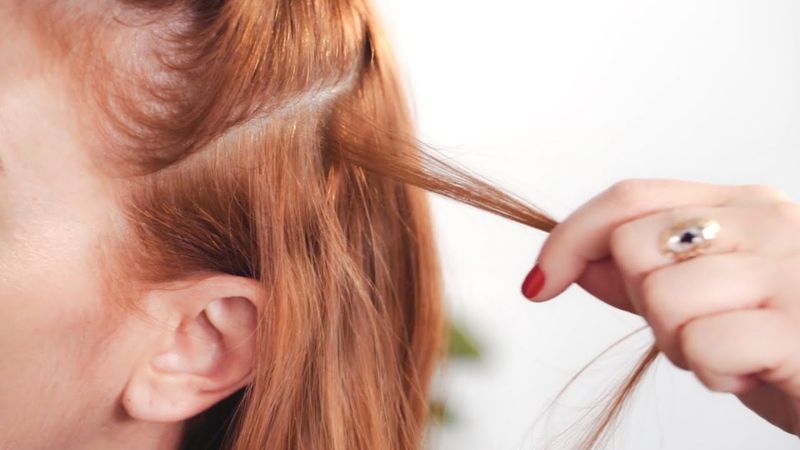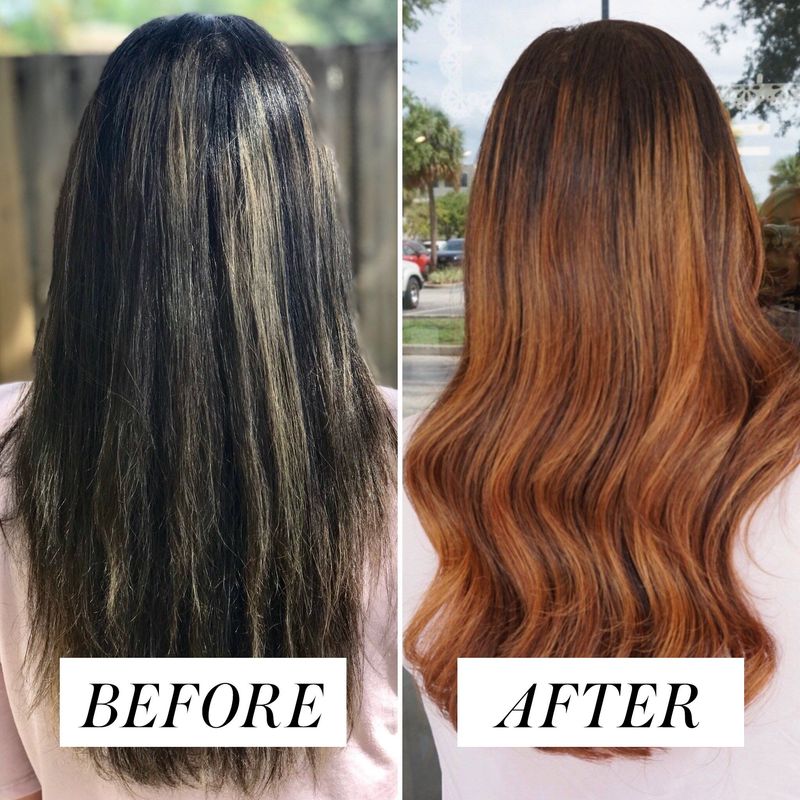High lift hair color can transform your locks without bleach, but it works differently than regular dye. This special formula lifts and colors in one step, making it popular for those wanting to go lighter without harsh chemicals. Understanding how it works helps you decide if it’s right for your hair journey.
1. The Science Behind High Lift
High lift color contains extra ammonia and peroxide compared to regular hair dye. These powerful ingredients work together to break through your hair’s natural pigment while depositing new color molecules simultaneously.
2. When To Choose High Lift
Perfect for naturally light to medium brown hair wanting to go blonde without bleach. Those with darker bases might need traditional bleach first, as high lift typically lightens 3-4 levels maximum.
3. Ammonia’s Crucial Role
Ammonia opens the hair cuticle like a little door to your hair shaft. Without this action, the lightening agents couldn’t penetrate deeply enough to lift your natural color effectively.
4. Higher Developer Strength
High lift formulas pair with 30-40 volume developers instead of the standard 20 volume. This stronger oxidation creates more powerful lifting action but requires careful application to prevent damage.
5. One-Step Process Advantage
Traditional blonde transitions require bleaching first, then toning. High lift combines these steps, saving time and reducing damage while creating beautiful, dimensional results in a single appointment.
6. Base Color Limitations
Your starting shade matters tremendously! High lift works best on virgin level 6-7 hair (light brown). Darker bases often turn orange or brassy because high lift can’t remove enough natural pigment.
7. Processing Time Factors
High lift needs more time to work its magic – typically 45-60 minutes. Rushing this process leads to disappointing results, while leaving it too long risks damage and unwanted brassiness.
8. Heat Acceleration Effects
Gentle heat from a dryer can speed up processing by opening cuticles further. Be cautious though – too much heat can cause excessive dryness or even breakage with these powerful formulas.
9. Toning Might Still Be Needed
Even with high lift’s dual action, some warmth may remain. A gentle toner helps neutralize unwanted yellow or orange tones, creating that perfect ash, pearl, or champagne blonde you’re dreaming of.
10. Porosity Affects Results
Previously colored or damaged hair has varying porosity levels. This means high lift color will take differently throughout your hair, potentially creating uneven results if not properly assessed beforehand.
11. Special Shampoo Requirements
Regular shampoo strips high lift color faster. Invest in sulfate-free, color-safe products specifically for blondes. Purple shampoo once weekly prevents brassiness from emerging as color fades.
12. Maintenance Schedule Importance
Roots appear more noticeable with high lift blonde than with darker colors. Plan for touch-ups every 4-6 weeks to maintain a seamless look. Stretching appointments too far creates difficult correction challenges.
13. Protein Treatments Post-Color
High lift formulas can weaken hair’s protein bonds. Incorporating monthly protein treatments restores strength and elasticity. Look for keratin-infused products to minimize breakage and maintain shine.
14. Common Mixing Mistakes
Incorrect mixing ratios spell disaster for high lift results. Too much developer causes excessive damage, while too little prevents proper lifting. Always measure precisely using a scale for professional results.
15. Heat Styling Precautions
High lift processed hair is more vulnerable to heat damage. Always use thermal protectant before styling. Consider air-drying when possible and limiting hot tools to 2-3 times weekly.
16. Foils Versus Full Head Application
Foil application creates more heat, intensifying the lifting process for brighter results. Full-head application works better for overall color changes but might not lift as dramatically as foiled sections.
17. Hard Water Effects
Minerals in hard water interact negatively with high lift color. They can create greenish tints or dullness over time. Consider installing a shower filter or using chelating shampoo monthly.
18. Scalp Sensitivity Considerations
High lift’s stronger formulation can irritate sensitive scalps. Perform a patch test 48 hours before application. Some stylists apply protective barrier cream around the hairline to prevent skin reactions.
19. Why Professionals Recommend Strand Tests
Strand tests reveal how your specific hair reacts to high lift. This crucial step shows potential color results and processing time needed, preventing disappointing outcomes or excessive damage.
20. At-Home Versus Professional Application
Professional high lift application ensures even coverage and proper placement. DIY attempts often result in hot roots, patchiness, or damage. The investment in professional service prevents costly corrections.


